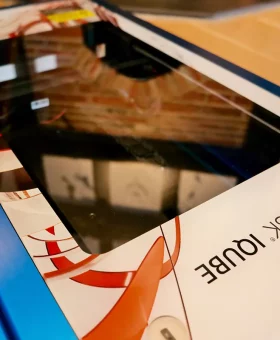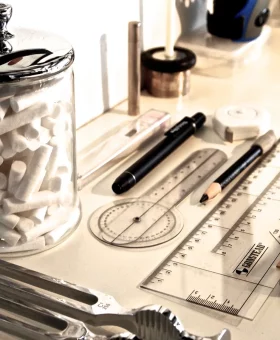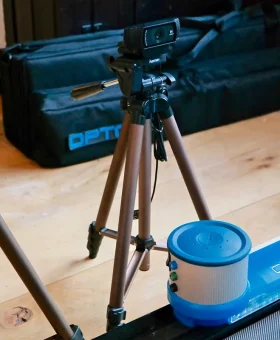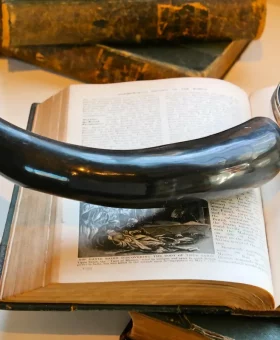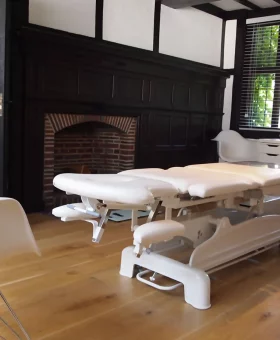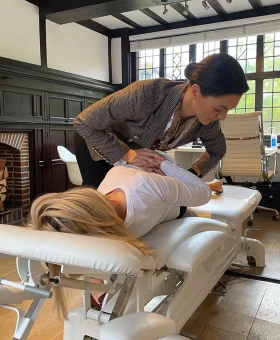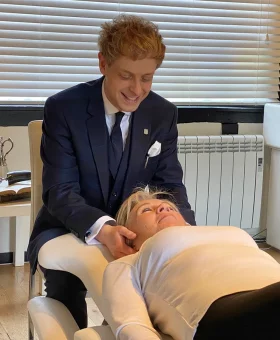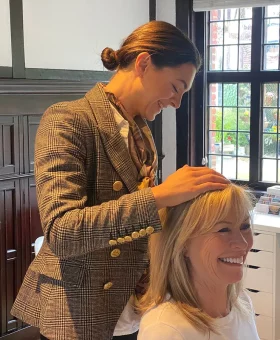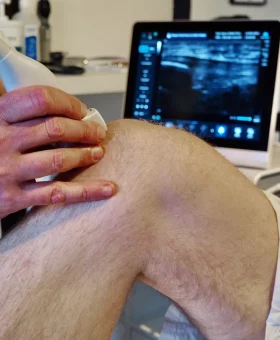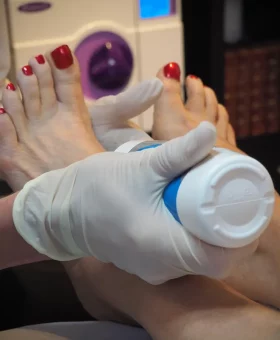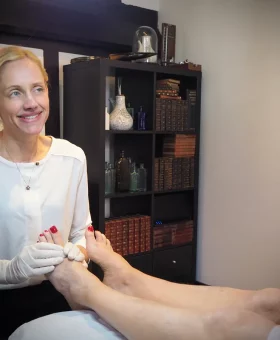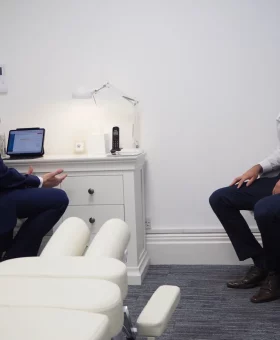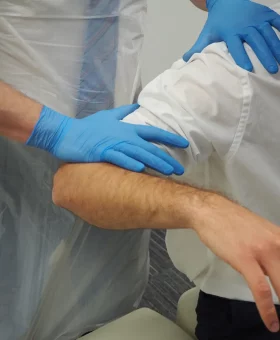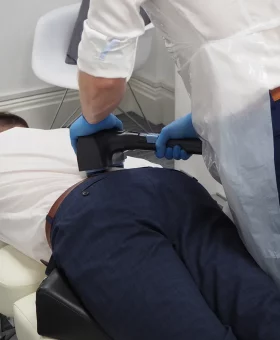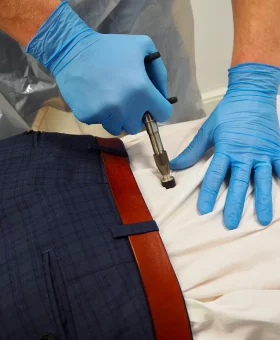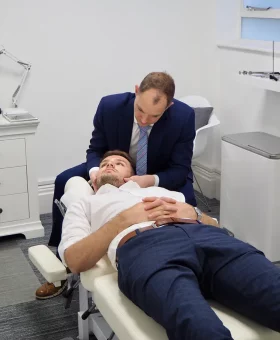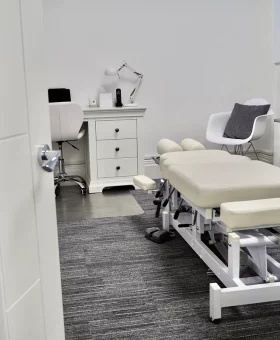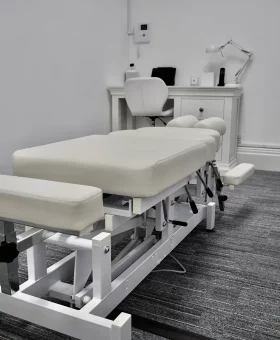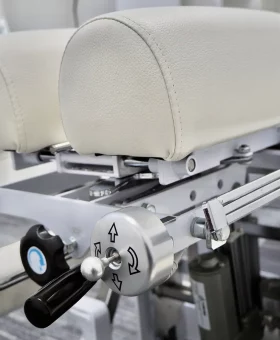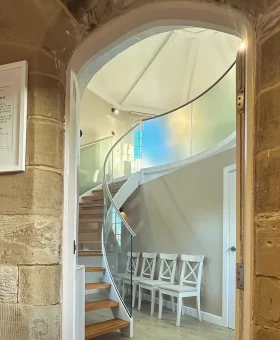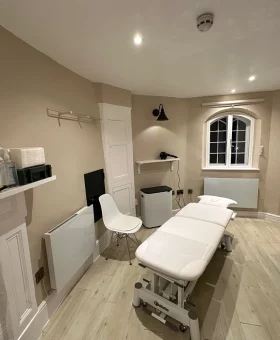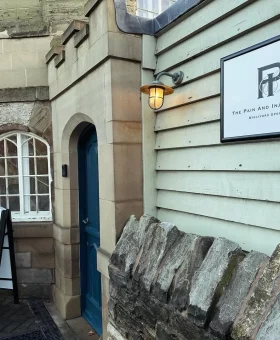Surgical Podiatry
A Permanent Solution to Ingrowing Toenails.
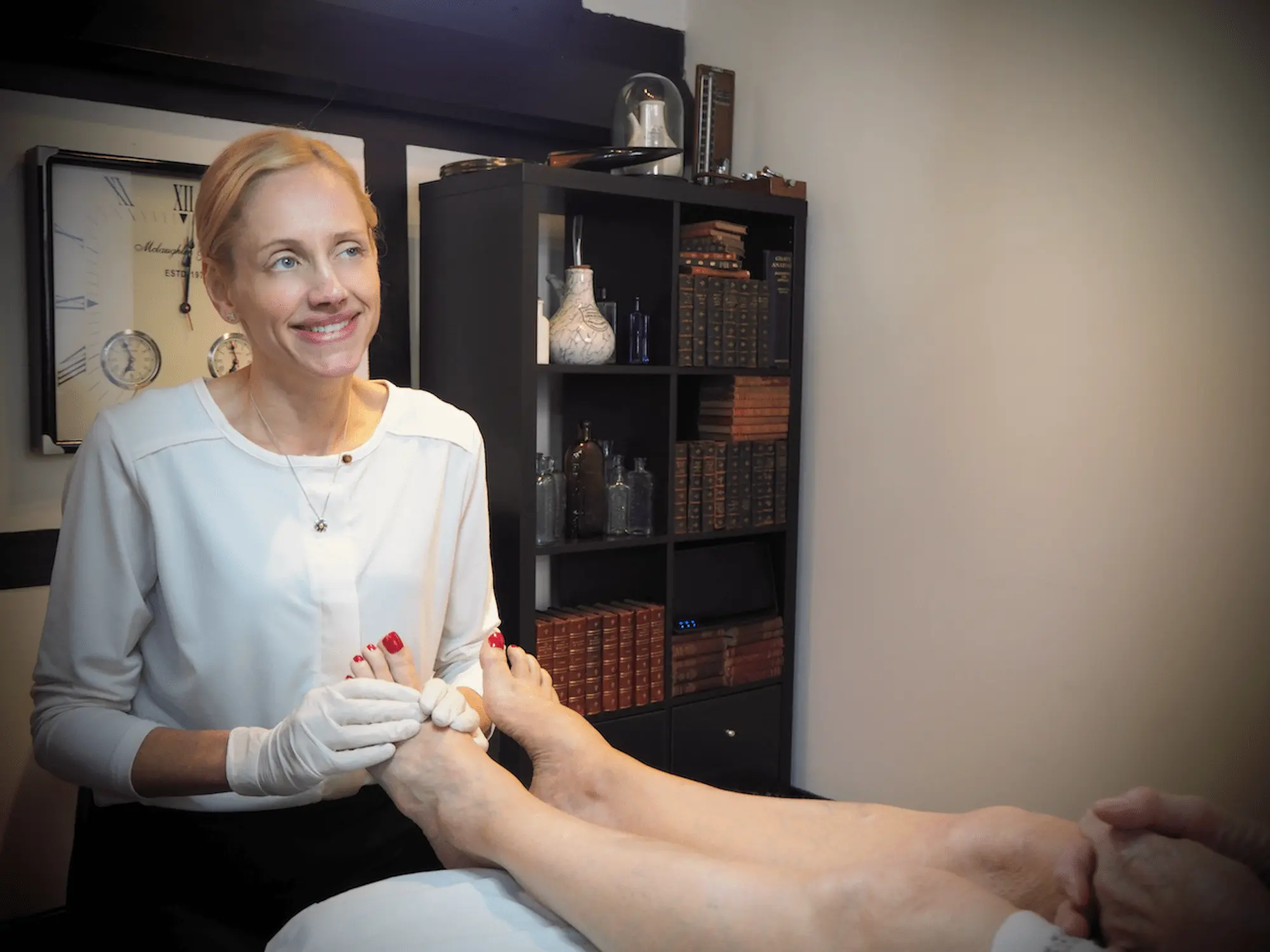
What is a Partial Nail Avulsion?
A Partial Nail Avulsion is a minor surgical procedure where a specialist podiatrist will remove 8-10% of the outer aspect of your toenail (including the root), which can otherwise dig into the skin, resulting in an ingrowing toenail. A local anaesthetic is used to numb your toe and the edges of your toenail are cut away. A chemical called phenol is then applied to the affected area to prevent the nail growing back and becoming ingrown in the future. The procedure is 98% successful, and after surgery the nail appears perfectly normal again.
If you’re tired of the debilitating pain caused by an ingrowing toenail, or fed up with having to see a Chiropodist or Podiatrist every few weeks to merely palliate your condition, then we would love to help.
What is an Ingrowing Toenail?
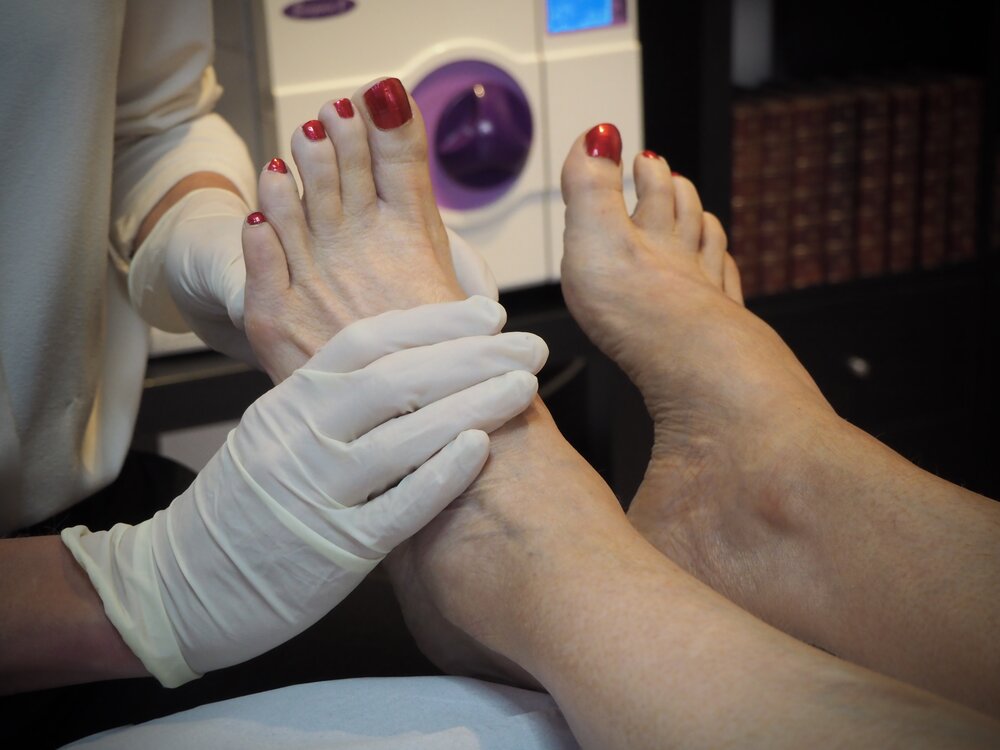
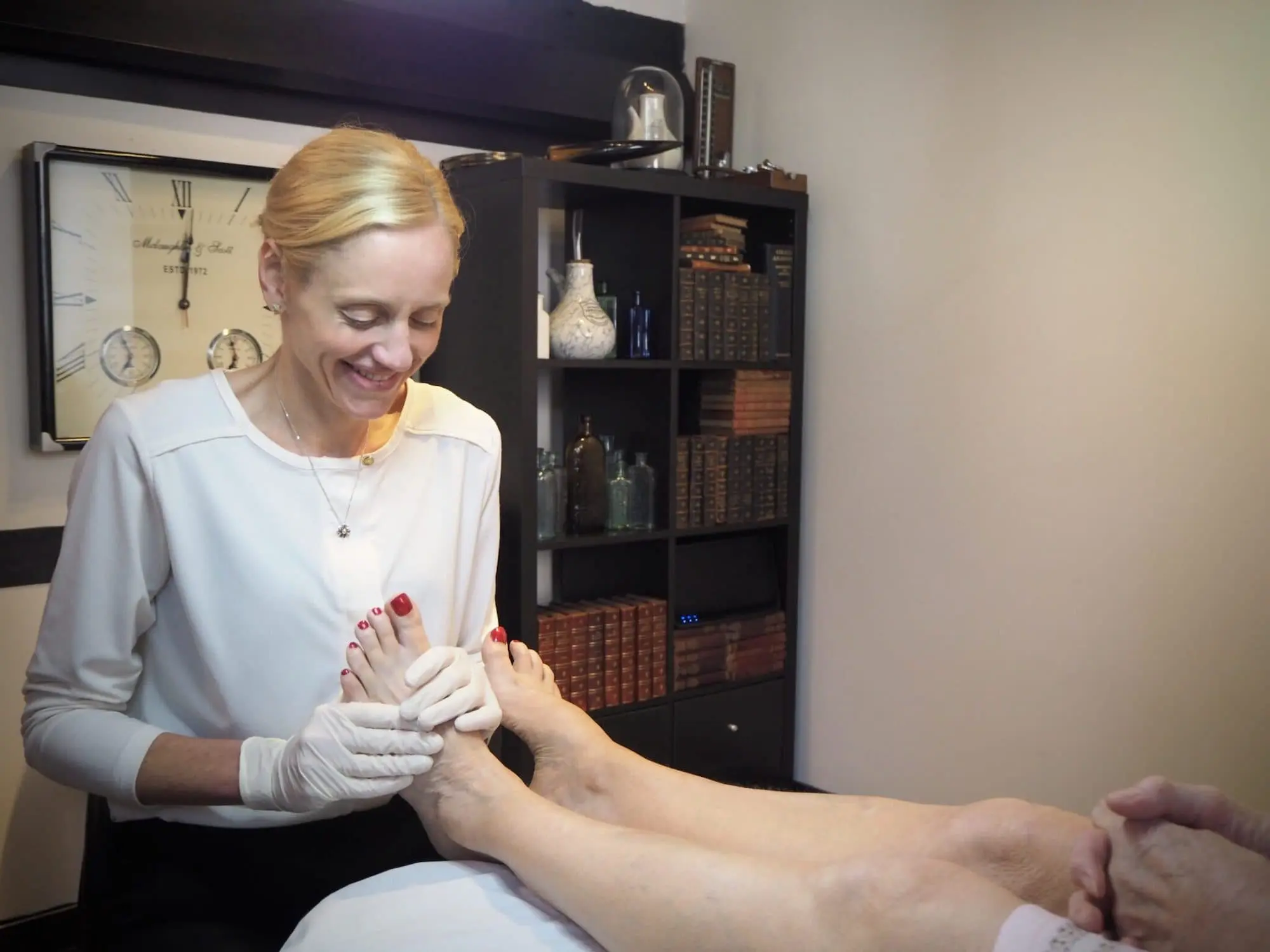
What Causes an Ingrowing Toenail?
Numerous genetic influences can make you prone to developing ingrowing toenails, in addition to your posture (the way you hold yourself), your gait (the way you move) and various foot deformites such as a bunion, hammer toes or pes planus (flat foot). Your nails may also have a natural tendency to splay or curl out instead of growing straight, encouraging your nail to grow outwards or inwards into the flesh. Tight footwear, hosiery and socks can also push your toe flesh onto the nail so that it pierces the skin. Also, if you sweat excessively or don’t change/rotate your footwear, this makes the skin soft and weak so that it is easily penetrated by the nail. If you suffer from brittle nails, or find that you’re prone to breaking off bits of nail, you are also more likely to suffer from an ingrowing toenail. Furthermore, the wearing of an ill- fitted support hose that excessively squeezes the toes, or likewise, the wearing of shoes with a tight toe box, can increase your risk.
One of the most common and obvious contributory factors to developing an ingrowing toenail is not cutting your toenails properly. Some people make the mistake of cutting nails too low in attempt to reduce/relieve pressure and discomfort from an involuted nail.
Less common causes of an ingrowing toenail include fungal infection, and in some cases, types of medication, eg. isotretinoin.
How Serious is an Ingrowing Toenail?
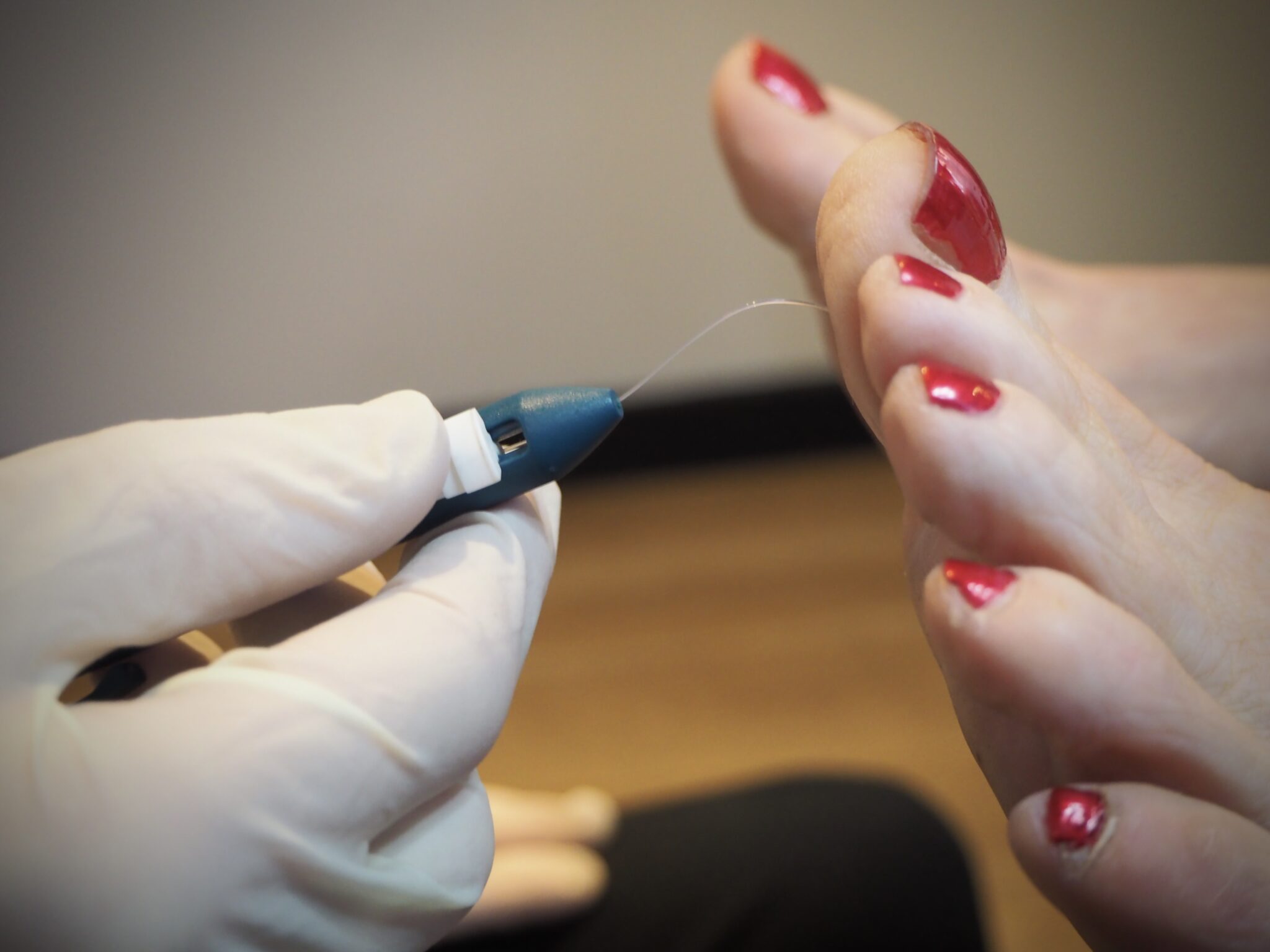

Who Gets an Ingrowing Toenail?
How Do I Know I Have an Ingrowing Toenail?
The most obvious symptom is pain/discomfort, possibly accompanied by visible redness/swelling (inflammation) around the area of pain.
However, there can be a a few ‘red herrings’ here, and not every patient we see identifies an ingrowing toenail accurately. On occasions, patients have a curled/curved nail which can accumulate dirt/fluff/dead skin cells underneath it, or a corn/callus along the side edge of the nail. However, pain from a corn tends to be more throbbing in nature, in contrast to the more sharp pain you experience from an ingrowing toenail. If it becomes evident that this is the case, our podiatrists will be able to remove the debris, and possibly thin the nail.
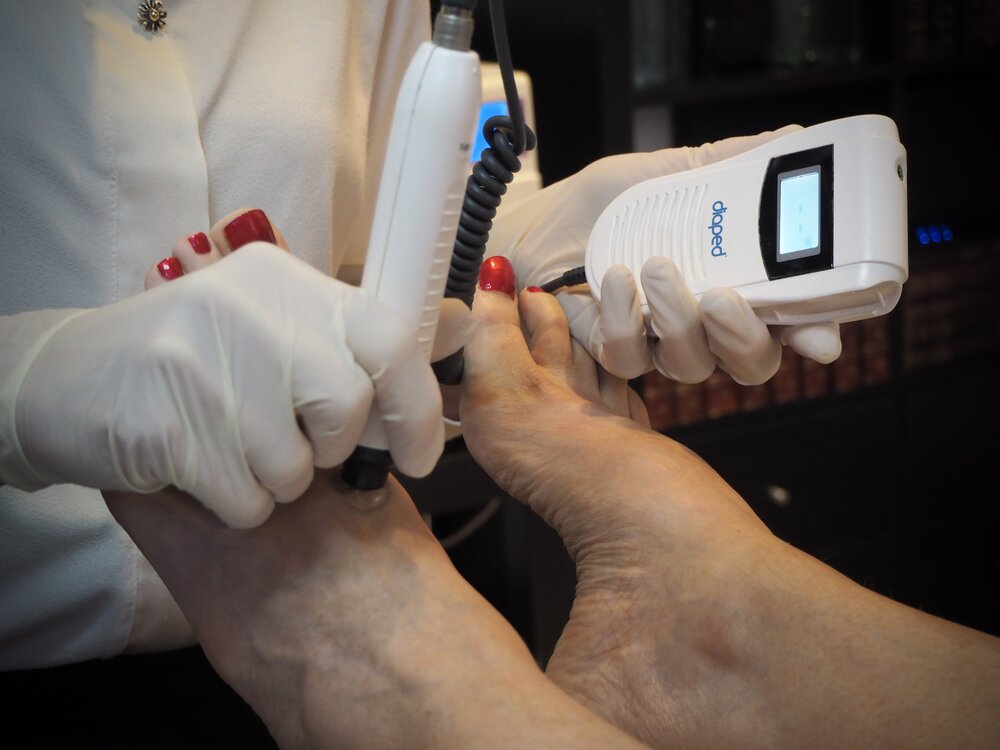
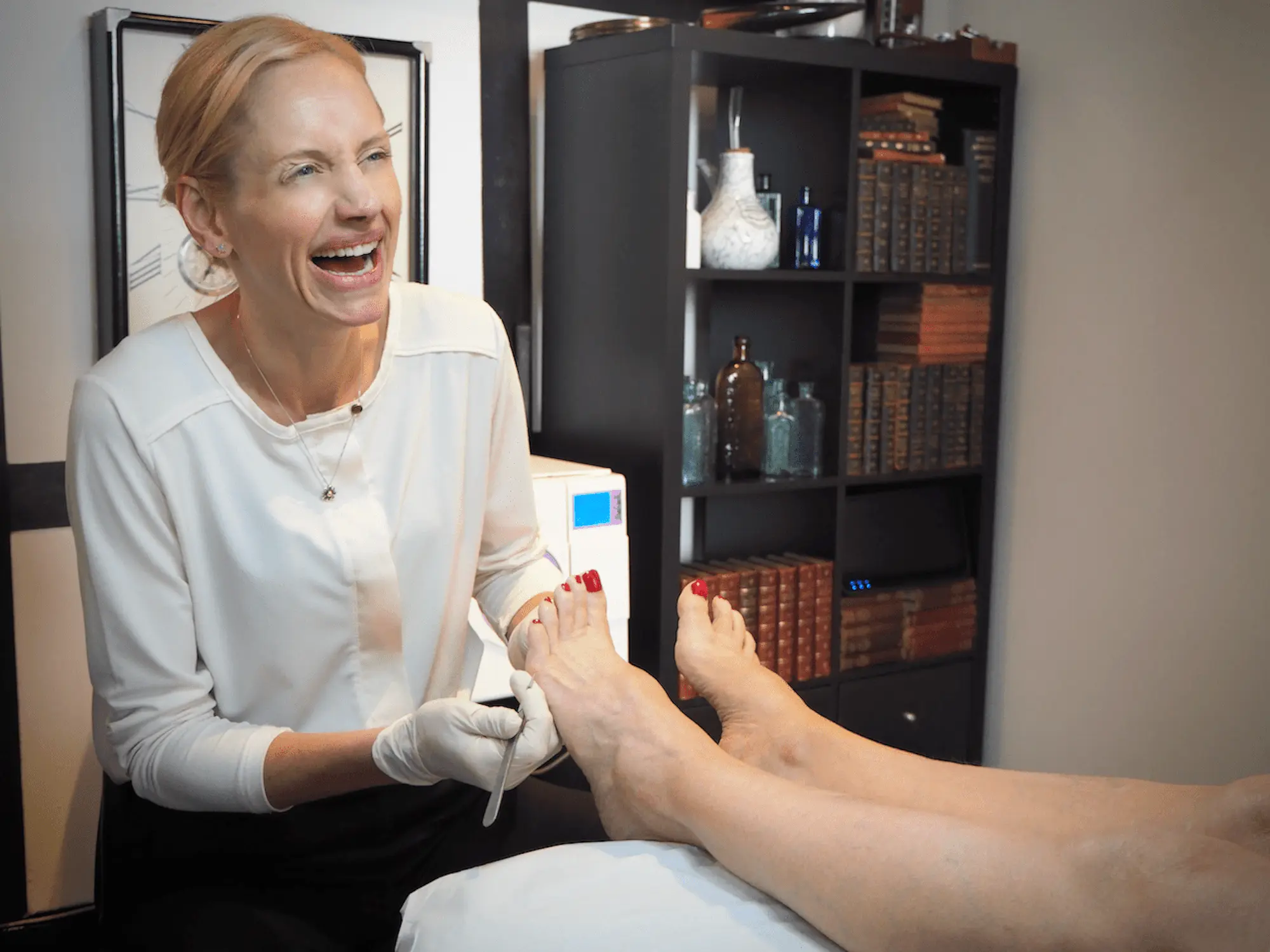
How Do I Prevent an Ingrowing Toenail?
Most importantly: Learn how to correctly cut your nails. Nail cutters aren’t usually the best tool for the job, because their curved-cutting-edge can catch the flesh at the edge of the nail. Nail scissors can slip easily. The best tool to use is called a ‘Nail Nipper’ which has a smaller cutting blade but a longer handle. Cut your nails straight across, without curve. Make sure not to cut too low at the edge or down the side of the nail. The corner of the nail should remain visible above the skin surrounding the nail. Cut your nails after a bath or shower when your nails have softened from the water.
Foot hygiene can also assist in preventing ingrowing toenails. Try to avoid letting your feet become moist and sweaty by rotating your footwear, allowing each pair a chance to dry out thoroughly. For socks and shoes alike, choose natural materials over man-made (synthetics). Make sure that both your shoes and socks fit properly. In the summertime, keep your feet clean and dry. Try wearing open-toed sandals in order to allow your toes to breathe as much as possible.
If you are diabetic, are on steroid based medication or anti-coagulants medication (blood thinners) DO NOT attempt to remove the ingrowing spike of nail yourself.
What Treatments Are Available for an Ingrowing Toenail?
Prior to seeing one of our podiatrists, you may be able to partially relieve your discomfort by preparing saltwater foot bath. This can assist in preventing infection and reducing inflammation. After soaking your foot for few minutes, dry the foot with a towel, and apply a clean sterile dressing; especially if you are experiencing redness or fluid discharge from the skin around the nail.
The treatment your podiatrist will suggest will depend largely on the severity and presentation of your condition:
- If it’s your first experience of a painful and irritable ingrowing toenail, it may be sufficient merely to remove the offending nail spike, before covering the area with an antiseptic dressing.
- If your toe is found to be too painful to treat, a local anaesthetic can be applied before removing the offending spike of nail.
- Involuted nails (a nail that is curling into the flesh) can be removed before the edges of the nail are filed down to a smooth surface.
- If there is excessive bleeding or discharge from an infection of the skin around the nail, or even if there is evidence of excessive healing flesh (hypergranulation tissue) around the nail, antibiotics can be prescribed to neutralise the infection, in addition to removing the offending spike.
- If you’re experiencing a more persistant problem with ingrowing toenails, a Partial Nail Avulsion may be recommended as part of finding a more permanent solution to the condition.


When Should I See a Podiatrist About an Ingrowing Toenail?
Our Surgical Podiatry Faculty is Run by Podiatrist, Heidi Murfin in Our Warwickshire Clinic.
It’s our pleasure to look after a range patients from the local areas of Henley in Arden, Stratford Upon Avon, Warwick, Solihull, Redditch, Leamington Spa, Birmingham, Wootton Wawen, Claverdon, Knowle, Dorridge, Shirley, Hatton, Lapworth, and Hockey Heath etc.
If you wish to see one of our expert clinical podiatrists, or would like further information about our services here at The Pain and Injury Relief Clinic, Henley In Arden, Warwickshire, please click the button above, or the ‘Book an Appointment‘ tab in the top right hand corner of the screen.





